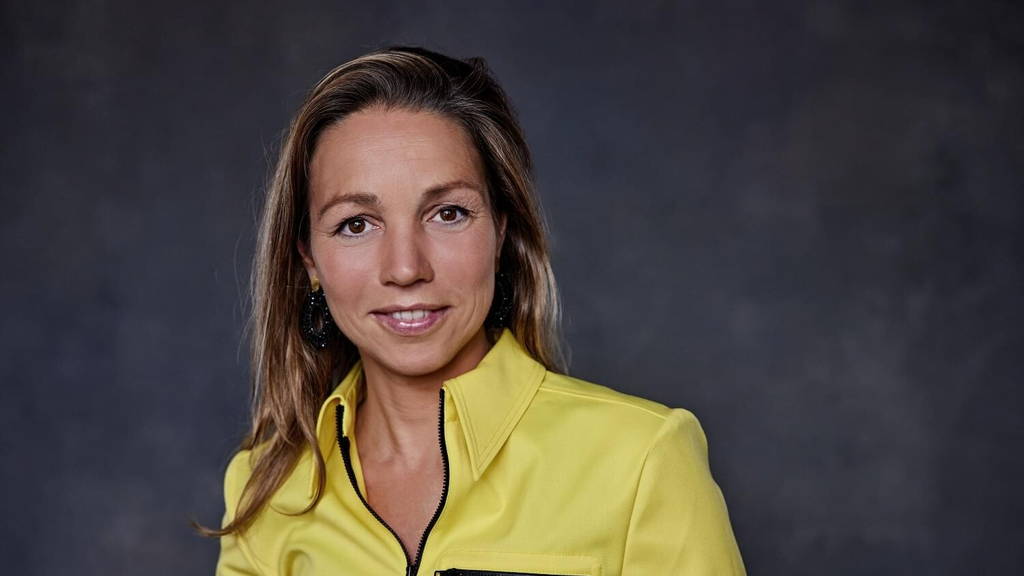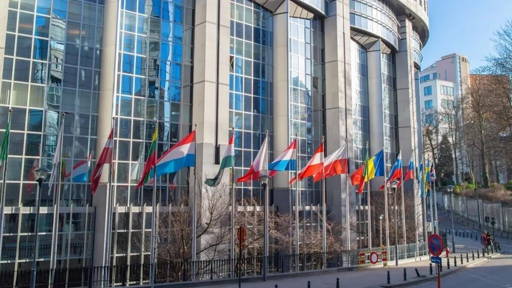"If I'm a doctor, then I can take the best care of someone and work to improve care and health" – that was my driver for becoming a doctor years ago as a high school student. But medicine in the real world turned out to be such a contrast to the romantic image I had in my head.
Let me give you an example. Once, I witnessed how a patient was prescribed large pills by her doctor, who had cared for her for years even though she had long had an obvious swallowing problem.
I wondered how anyone could work so irresponsibly and whether a pharmacist realized that the patient flushed these medications down the toilet shortly after the doctor's visit. Furthermore, I could not understand how the carers could be so blind to overlook this obvious mistake. Just one question, a small dose of interest or a sign of empathy could improve patient adherence and the outcomes.
There are many such small details making a massive difference in our work. And many of them can be overlooked in the daily rush.
Rethink to improve
This observation made a deep impression on me and enhanced my motivation to keep looking for improvements in care processes and coordination between doctors, patients, and the industry. Well, there are still numerous bottlenecks in the entire healthcare chain that still need to be removed. I mean improvements that lead to generating added value to provided care.
My great passion for technology and its impact on people made it increasingly clear to me that med tech innovations could be the breakthrough driver of improvement I sought. So, along my professional path, I gained a lot of experience and improved my skills by studying and even secretly attending lectures at other colleges on subjects that fascinated me. I was lucky to meet inspiring mentors and work with people who stimulated my curiosity and reassured me that what I was doing was right.
Today I know caring for others requires the right mindset and constant focus, the ability to change one's mind while rethinking the habits over and over – technology can support you wonderfully in this. And if it works, there is no excuse not to use it.
Care standards change with the advances in medicine
Many years later, when technology is no longer an optional add-on but an absolute must for me, I began to consider how to apply technology in clinical practice and what is possible.
Unfortunately, the gap between the opportunities medtech offers and the tools doctors use is widening. It's not just a lost opportunity but a fundamental problem: It does not help me and my colleagues follow the Hippocratic Oath. How can I provide the best care if I don't use the necessary tools? For example, if technology allows us to gain an overall picture of a person's health, not having it means not giving the best possible care, right?
Unfortunately, clinical practice is today digitized but not digitalized. We exchanged paper into PDF files and other not interoperable electronic formats. Although medical data can be sent quickly from one place to another, it doesn't mean automatically that it's getting more available. Different formats, standards, and languages lead to a paradox: I can't use the information I can access. It's still fragmented and thus not useful for clinicians. The result: the data exchange in medicine reminds me of an upgraded paper-based system.
Digitalizing doesn't equal digitizing. Therefore, we have to care more about the quality of data and its interoperability. Otherwise, we will face a "trash in, trash out" barrier.
Relevant data must be at the doctors' fingertips
If medicine is an art, then doctor-patient communication is its most sophisticated element. Care is about a trusted connection in which mutual expectations and perceptions are shared between the patient (citizen) and healthcare professional. It enables the doctors to obtain important information straight from the patient – data that can't be acquired from lab tests and vital signs. In this process, the doctor is the "data curator," ensuring that the interpretation of information gained corresponds to what the patient wants to communicate.
The second aspect of data curation is that the information is immediately attributed to whom it belongs, with an annotation of who has added their knowledge to it – both the doctor and the patient) – and what consent both have given. The data is archived so that it can be reused.
On top of this, there is also externally sourced data – collected from other points of care – supplementing the information obtained on-site. All this together makes up the data ecosystem that must be easily available to all the carers involved in the care process.







